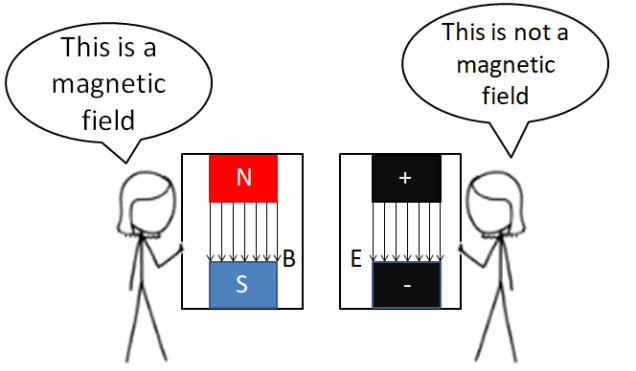Even for the most enthusiastic and committed of us, Engelmann and Carnine’s Theory of Instruction (1982) is a fabulously intimidating read.
I have written about some of the ideas before, but a recent conversation with a fellow Physics teacher (I’m looking at you, @DeepGhataura) suggested to me that a revisit might be in order.
In a nutshell, we were talking about sets of examples. Engelmann and Carnine argue that learners learn when they construct generalisations or inferences from sets of examples. It is therefore essential that the sets of examples are carefully chosen and sequenced so that learners do not accidentally generate false inferences. A “false inference” in this context is any one that the instructor does not intend to communicate.
Engelmann and Carnine painstakingly constructed a set of logical rules that they hoped would minimise (or, more ambitiously, completely eliminate) the possibility of generating false inferences. These include the sameness principle of juxtaposition and the difference principle of juxtaposition.
However, in 2011 Carnine and Engelmann realised that they had, in a sense, been re-inventing the wheel as the same logical rules had been formulated by philosopher John Stuart Mill in A System of Logic (1843).
They outlined their system using Mill’s terms and language in the book Could John Stuart Mill Have Saved Our Schools? (2011).
The Method of Difference (The Difference Principle of Juxtaposition)
How can we use examples to communicate a concept to learners so that the possibility of their drawing false inferences is minimised?
The Method of Difference seeks to establish the limits of a given concept A by explicitly considering not-A.
Imagine a learner who did not understand the concept of blue. We would introduce the concept by showing (say) a picture of a blue bird and saying “This is blue.” We would then show a picture of a bird identical in every respect except that it’s colour was (say) green and say “This is not blue.”
So-far-so-blindingly-obvious, you might say. What you might not immediately appreciate is that applying this simple method rules out a large set of possible misconceptions. Without explicitly considering not-A, a learner might, with some justification, conclude that blue meant “has a beak” or “has feathers”. The Method of Difference rules out these false inferences.
Mind your P’s and Q’s
For a beginning reader, the letters p, q, b and d are problematic since they all share the same basic shape. The difference between them is a difference of orientation. Carnine and Engelmann suggest writing the letter ‘p’ on a transparent sheet and rotating and flipping the sheet to explicitly teach the difference between p and not-p.



Could this be used in Physics teaching?
Don’t zig when you ought to zag
Possibly — one recurring problem that I’ve noticed is that some A-level students routinely mix up magnetic and electric fields. They apply Coulomb’s Law when they should be applying F = BIl , and apply Fleming’s Left Hand Rule where it has no business being applied.
It seems reasonable to assume that it is not a lack of knowledge that is holding them back, but rather a misapplication of knowledge that they already possess. In other words, they are drawing the wrong inference from the example sets that have been presented to them.
Could using the Method of Difference at the beginning of the teaching sequence stop learners from drawing false inferences about the nature of electric and magnetic fields?


You know, I rather think it might…
Reblogged this on The Echo Chamber.
Daht iss not ein Emerson. I don’t understand it; but…xx
Emerson is way harder than anything I write!
Not bloody likely!
Fascinating. My physics intuition says “yes, making the line between idea and not-idea explicit is really important, and underdeveloped in my teaching”. I’ve tended to do the mechanics/Newtonian half of A level in recent years, and knowing when to use constant velocity and when to use constant acceleration causes similar problems. And yet… my subconscious is rebelling a bit. All I can think is that I am so used to using positive language to describe things (‘cos that’s what I had trained into me) that saying “This is not…” feels a bit alien.
More importantly though- are the stick people a homage to xkcd?
The stick people are a homage to xkcd most definitely!
I know what you mean about focusing on idea and not-idea: it feels ever so slightly alien to me too. I think it might be a very useful addition to our practice, though. I think that I tend to throw out a definition and don’t supply enough examples as in “this is constant acceleration” Vs “this is not constant acceleration”. This has definitely got me thinking that it might be worth changing.